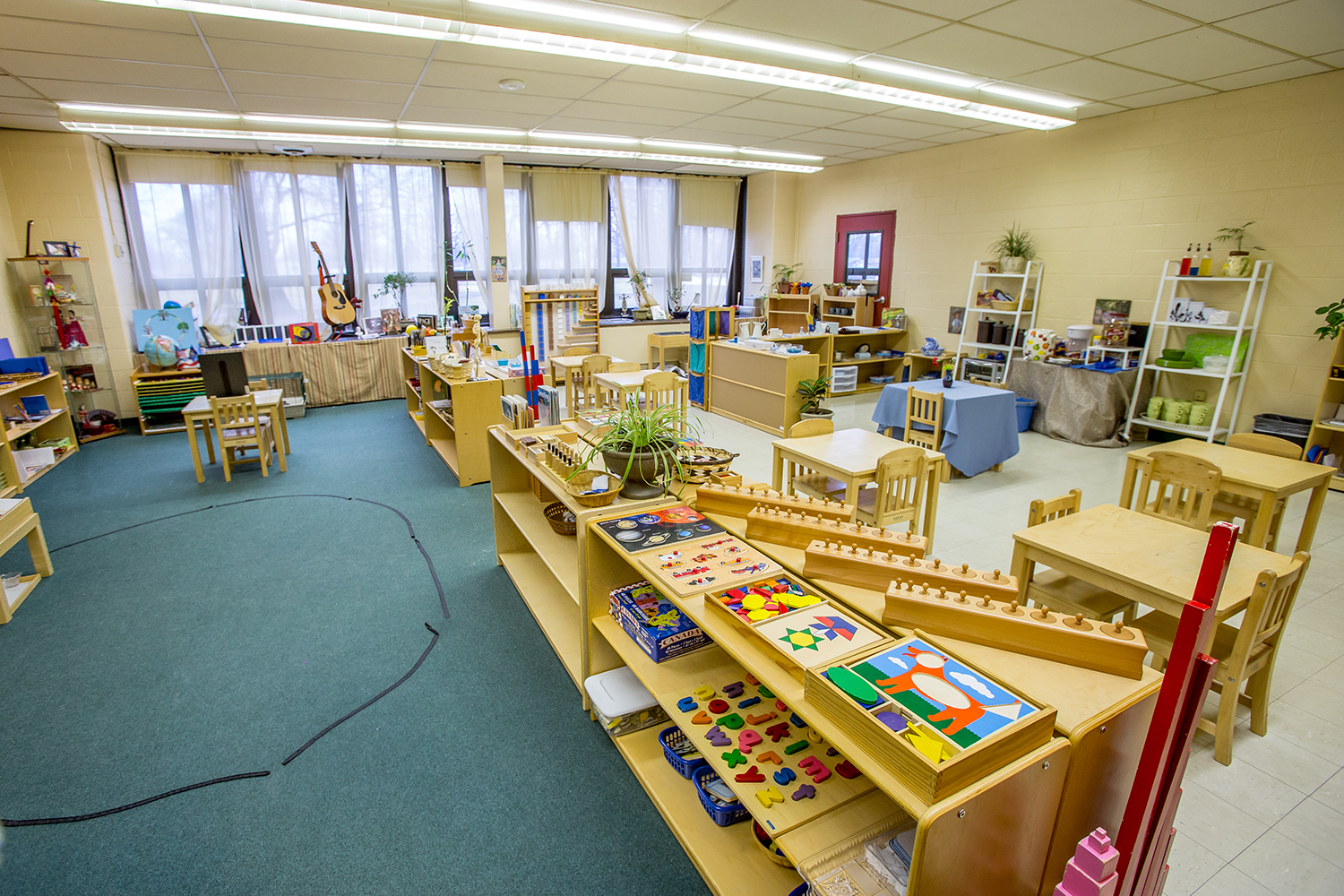 Sensory integration is an important way to teach students of
all ages, but it is especially helpful for early childhood education. This is
how students learn to experience senses and use them in the learning process.
One especially important of students that it is vital to emerge into the senses
are students with autism. They often have sensory issues, and need to slowly be
introduced to textures, sounds, and even visuals that may be overwhelming to
them. By introducing these at an early age, students may not have as hard of a
time adapting to things that overwhelm them later in life. Integrating senses
into lessons can also be helpful to all students. This is because certain senses
can trigger emotions and may be beneficial to students as they learn and retain
information.
Sensory integration is an important way to teach students of
all ages, but it is especially helpful for early childhood education. This is
how students learn to experience senses and use them in the learning process.
One especially important of students that it is vital to emerge into the senses
are students with autism. They often have sensory issues, and need to slowly be
introduced to textures, sounds, and even visuals that may be overwhelming to
them. By introducing these at an early age, students may not have as hard of a
time adapting to things that overwhelm them later in life. Integrating senses
into lessons can also be helpful to all students. This is because certain senses
can trigger emotions and may be beneficial to students as they learn and retain
information. Orton-Gillingham is an approach to learning that is based on action. There is constant interaction between students and the teacher. Sensory integration is important to the Orton-Gillingham model because it helps with multi-sensory learning. The two theorists behind this approach to learning helped bring listening, speaking, reading, and writing together to help students get a fully developed way of learning information. Some great resources for Orton-Gillingham ways of learning are the Orton-Gillingham Online Academy, Making Teaching Reading Fun, and ABC Magic Phonics.
 Maria Montessori was a researcher and theorist behind what
is now known as Montessori Education. She believed that using senses was an excellent
way to explore the world and learn. She believed that allowing students to explore
things on their own was the best way for them to learn, especially at a young
age. She knew that the teacher’s most crucial role was being a facilitator. In
her approach, she wanted the students to be able to explore and learn at their
own pace, and the teacher should act as a facilitator only so that students
could construct their own ways for learning that best fit them.
Maria Montessori was a researcher and theorist behind what
is now known as Montessori Education. She believed that using senses was an excellent
way to explore the world and learn. She believed that allowing students to explore
things on their own was the best way for them to learn, especially at a young
age. She knew that the teacher’s most crucial role was being a facilitator. In
her approach, she wanted the students to be able to explore and learn at their
own pace, and the teacher should act as a facilitator only so that students
could construct their own ways for learning that best fit them.In my future classroom, I will use elements from all of these approaches to learning to ensure that my students are getting the most beneficial education possible. I would like to use senses in lessons as often as possible and et students explore as they learn.
Check out this video!

No comments:
Post a Comment